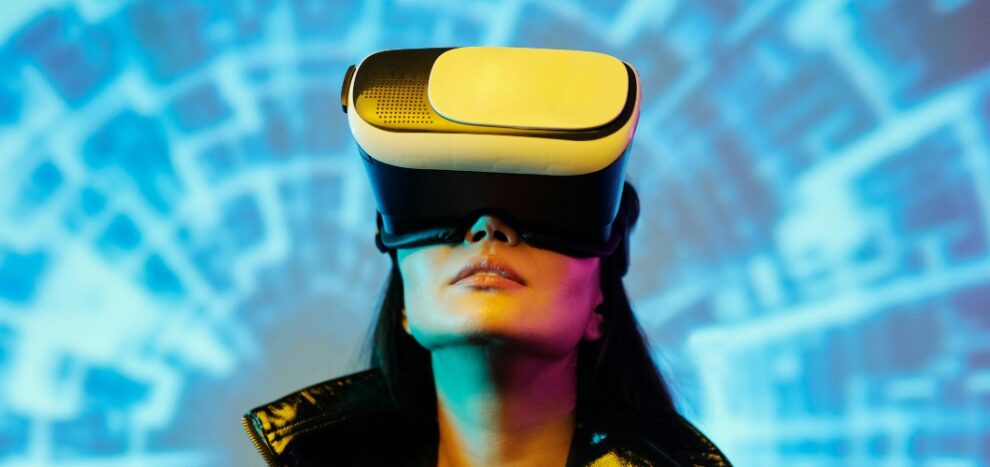In the ever-evolving world of marketing, staying ahead of the curve means embracing innovative technologies. Among the latest game-changers, Augmented Reality (AR) has emerged as a powerful tool, reshaping the way brands connect with their audience. By blending the physical and digital worlds, AR creates immersive experiences that captivate consumers, boost engagement, and drive results. Here’s a closer look at how AR is revolutionizing marketing strategies.
1. Enhancing Product Visualization
One of the most significant ways AR is transforming marketing is through product visualization. Brands like IKEA and Sephora have leveraged AR to allow customers to visualize products in real-world settings. With AR apps, users can place furniture in their living rooms or test makeup shades on their faces, all from the comfort of their homes. This interactive approach not only enhances the shopping experience but also reduces return rates by helping consumers make informed decisions.
2. Creating Immersive Brand Experiences
AR campaigns have the power to turn ordinary marketing into extraordinary adventures. For instance, Coca-Cola’s holiday AR campaign enabled users to scan Coke bottles and watch magical animations unfold. Such experiences foster emotional connections with the brand, making it more memorable and shareable. By weaving storytelling into AR, brands can create buzz and strengthen their identity.
3. Boosting Social Media Engagement
Social media platforms like Instagram, Snapchat, and TikTok have integrated AR features, such as filters and effects, enabling brands to reach audiences in creative ways. AR-powered filters can transform users into brand ambassadors, as they share content featuring branded effects. For example, brands like Gucci have launched AR shoe try-on filters, driving both engagement and conversions. With millions of users actively engaging with AR content, the potential for virality is immense.
4. Personalizing Customer Interactions
AR takes personalization to the next level by tailoring experiences to individual preferences. By integrating AR with customer data, brands can offer customized recommendations, interactive tutorials, and virtual tours. For instance, real estate companies are using AR to provide virtual property walkthroughs, giving potential buyers a personalized and immersive experience that aligns with their needs.
5. Gamifying Marketing Campaigns
Gamification combined with AR creates an irresistible formula for engagement. Take the example of Niantic’s collaboration with brands for AR-based scavenger hunts, inspired by the success of Pokémon GO. Such campaigns not only attract participants but also increase foot traffic to physical stores. By rewarding users for their participation, brands can build loyalty and excitement around their offerings.
6. Building Long-Lasting Impressions
AR’s novelty and interactivity make it a perfect tool for creating unforgettable impressions. Unlike static ads, AR experiences demand active participation, which leads to better recall and deeper emotional connections. As users immerse themselves in the brand’s world, they’re more likely to form positive associations and take desired actions.
Future Prospects of AR in Marketing
The AR market is expected to grow exponentially, with advancements in hardware, software, and 5G connectivity. From virtual try-ons and interactive packaging to AR-enhanced events and shopping experiences, the possibilities are endless. As the technology becomes more accessible, brands of all sizes can harness its potential to engage audiences like never before.
Conclusion
Augmented Reality is no longer just a novelty; it’s a necessity for forward-thinking marketers. By offering immersive, personalized, and shareable experiences, AR has the power to transform engagement and drive brand loyalty. The future of marketing is here, and it’s augmented.






